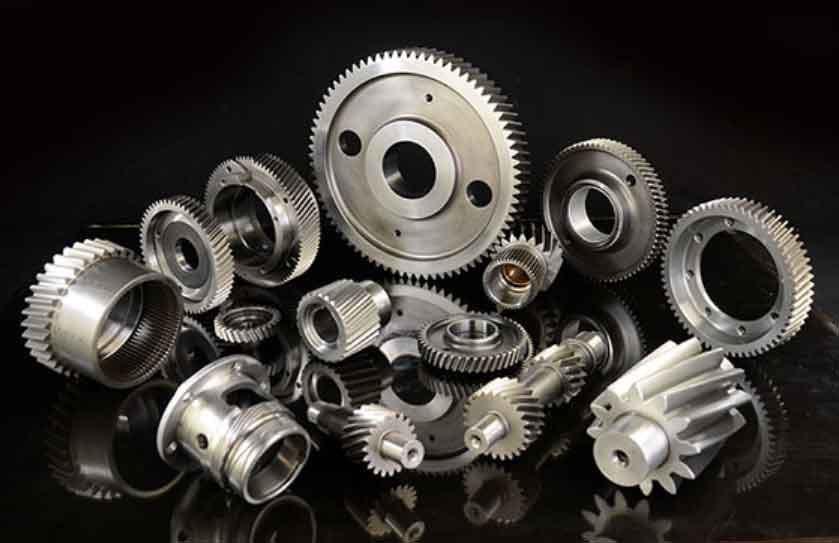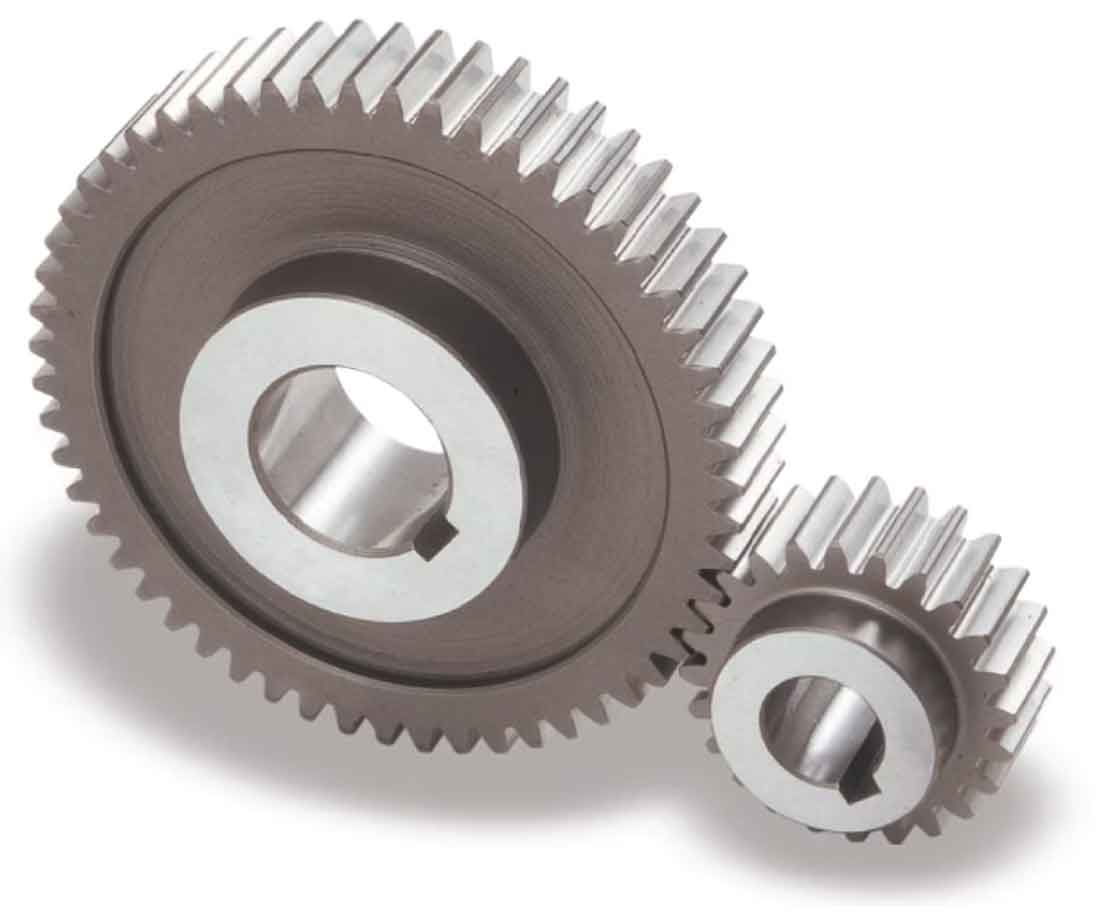Helical gears and spur gears are two common types of gears used in various applications, each with its own set of advantages and disadvantages. Let’s compare these gear types for specific applications:
- Noise and Vibration:
- Helical Gears: Helical gears offer smoother and quieter operation due to the gradual engagement of the teeth along the helix. This makes them ideal for applications where noise reduction is crucial, such as in automotive transmissions or precision machinery.
- Spur Gears: Spur gears are more prone to generating noise and vibration due to the sudden contact between teeth. They may not be suitable for noise-sensitive applications unless additional noise-damping measures are taken.
- Load-Carrying Capacity:
- Helical Gears: Helical gears have higher load-carrying capacity compared to spur gears. The helix angle allows for more tooth engagement at any given time, distributing the load over a larger area of the tooth surface.
- Spur Gears: Spur gears are generally limited in their load-carrying capacity due to the concentrated load on the contact point between teeth.
- Efficiency:
- Helical Gears: Helical gears generally have higher efficiency than spur gears due to the helical tooth engagement providing a more gradual and continuous transfer of power.
- Spur Gears: While spur gears are less efficient compared to helical gears, they are still widely used in applications where efficiency is not the primary concern.
- Speed and RPM:
- Helical Gears: Helical gears can handle higher speeds and RPMs due to their smoother engagement, making them suitable for high-speed applications.
- Spur Gears: Spur gears are limited in their speed capabilities due to the potential for noise and vibration at higher speeds.
- Manufacturing and Cost:
- Helical Gears: Helical gears are more complex to manufacture due to their helix shape, which can result in higher production costs.
- Spur Gears: Spur gears are simpler to manufacture and are generally more cost-effective.
- Axial Thrust:
- Helical Gears: Helical gears generate axial thrust along the gear axis due to the helix angle. This thrust needs to be accommodated by appropriate bearing arrangements.
- Spur Gears: Spur gears do not generate axial thrust, making them simpler to mount and requiring less complex bearing arrangements.
- Accuracy and Precision:
- Helical Gears: Helical gears provide better gear meshing and load distribution, making them more suitable for applications requiring higher precision and smooth operation.
- Spur Gears: Spur gears are less precise due to the concentrated tooth engagement, but they are sufficient for many standard industrial applications.
Applications:
- Helical Gears: Helical gears are commonly used in applications requiring high load-carrying capacity, smooth and quiet operation, and high efficiency. Examples include automotive transmissions, industrial machinery, and heavy-duty equipment.
- Spur Gears: Spur gears are often used in applications where simplicity and cost-effectiveness are essential. They are found in appliances, toys, simple gearboxes, and applications with moderate loads and speeds.
Both helical gears and spur gears have their place in various applications. Helical gears excel in high-load, high-speed, and noise-sensitive applications where precision and efficiency are critical. On the other hand, spur gears are more suitable for less demanding applications where simplicity and cost are the primary factors. The choice between these gear types depends on the specific requirements of the application at hand.


